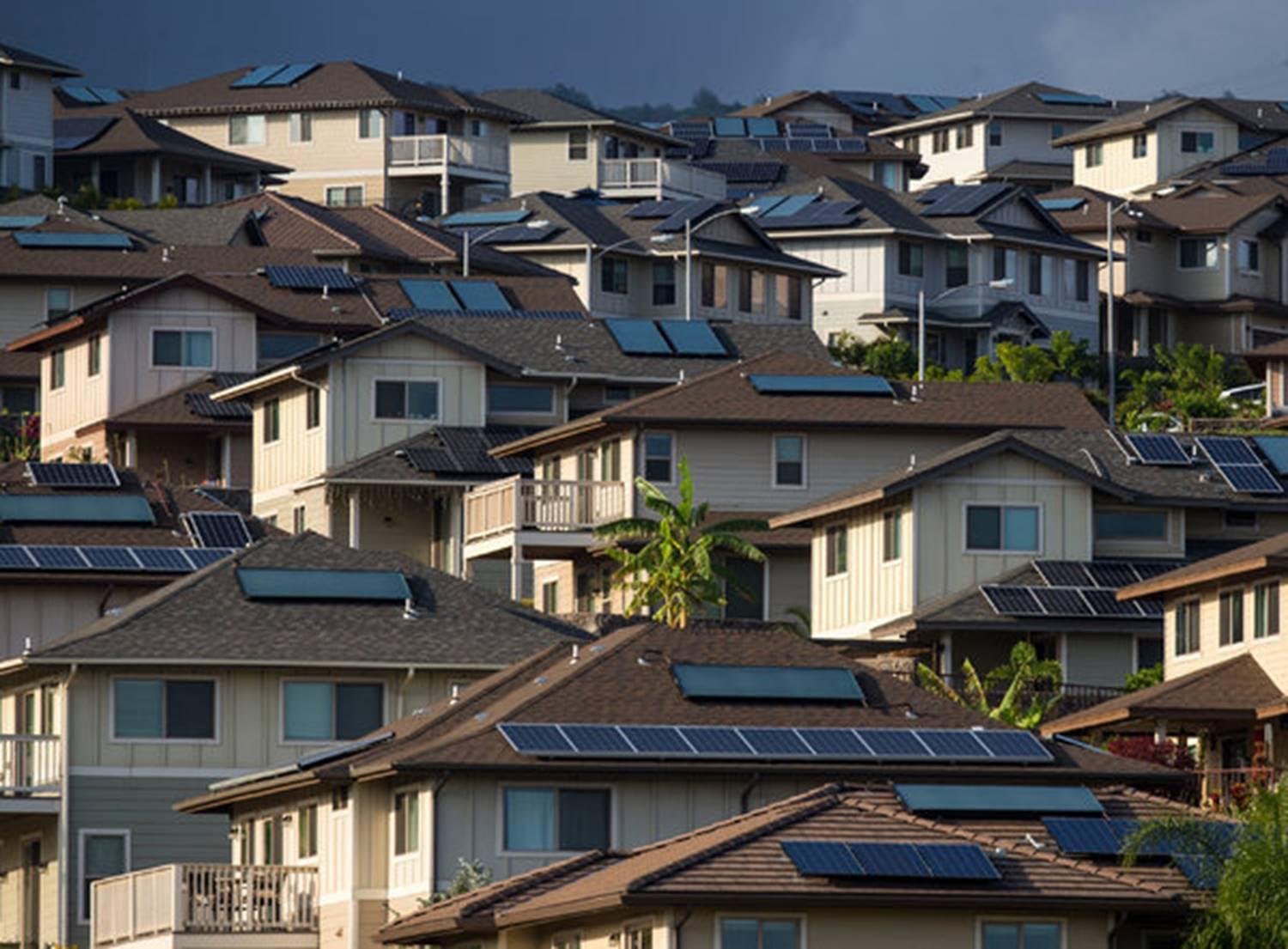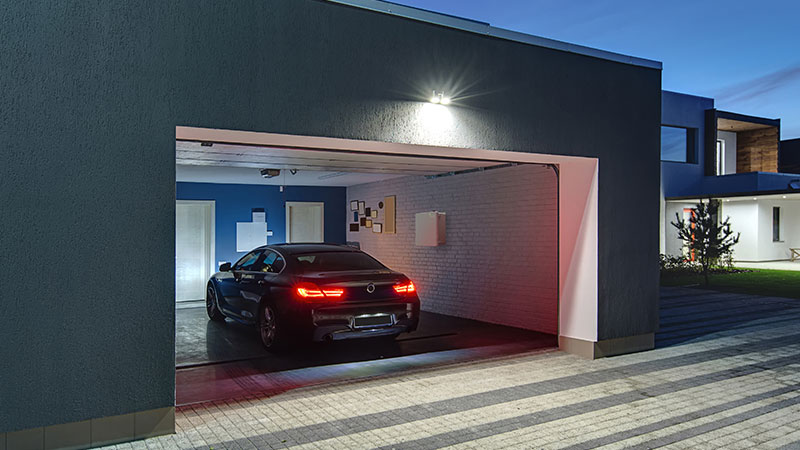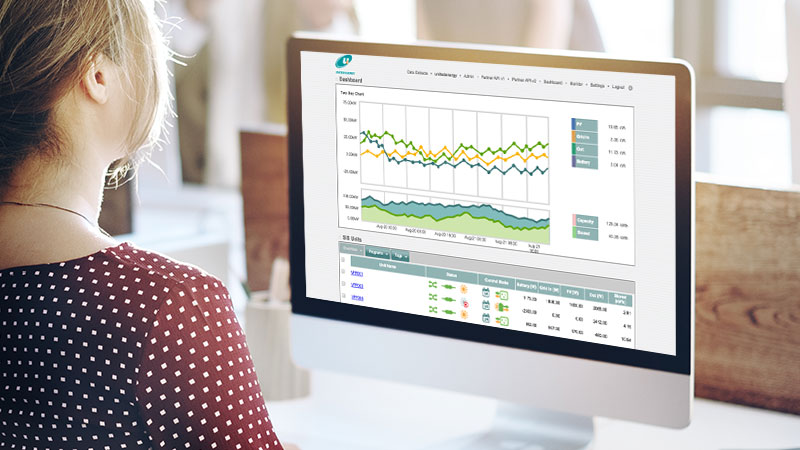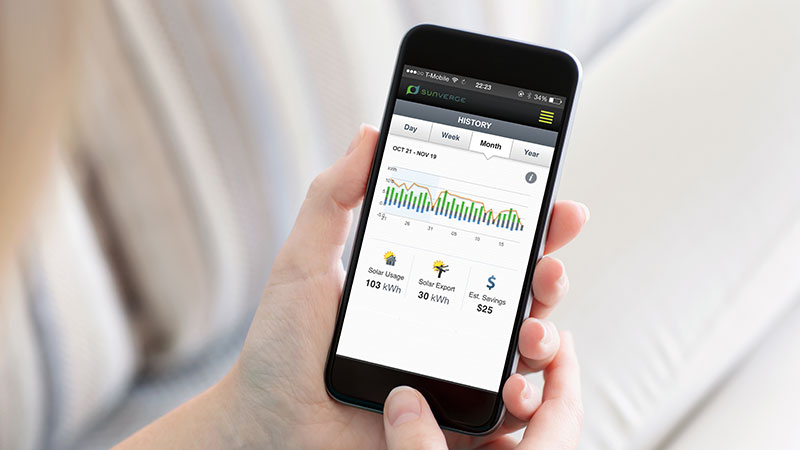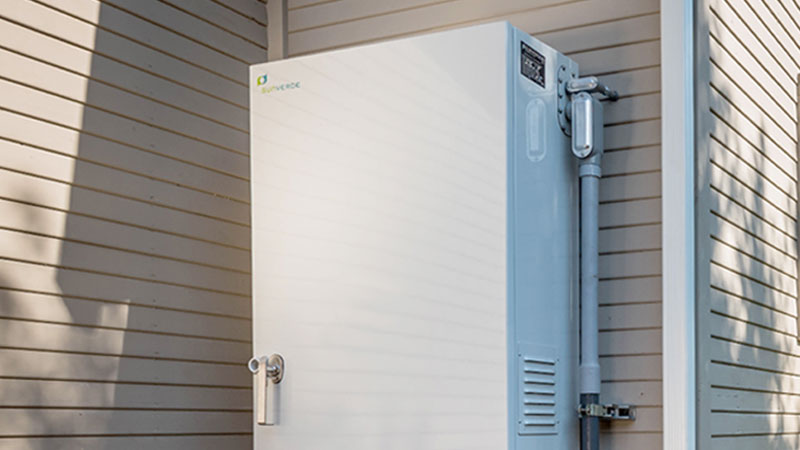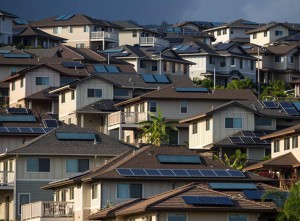
Good news for both utilities and consumers when it comes to customer-sited rooftop solar.
A pretty remarkable story appeared in The Wall Street Journal on Monday. Instead of another headline about utilities battling against the administration’s new rules on carbon reduction – the news is that many utilities are embracing a new path that includes significant reliance on renewable power.
Just a couple of years ago that would have been an improbable story. With major investments in (or contracts with) large-scale, traditional fossil fuel plants, getting utilities to consider alternative sources, especially renewables, was a lost cause. Now, however, a combination of market forces and new technologies have combined to create a “new normal” in the utility industry.
One of the major reasons for this change in attitude is that the cost of alternative and renewable power sources is dropping. The low price of natural gas is making that energy source a first-line choice for many utilities. At the same time, the vast improvements in things like solar technology, along with a huge decline in cost, has driven renewables charging ahead. Add to that consumers who want local renewable generation and increasing regulation and you can understand why things like rooftop solar have gone mainstream.
Just look at the numbers over the last ten years and you can see clearly that this is not just a blip, but a permanent trend. For example, the number of MwH generated by PVs last year was a thousand times greater than in 2005. Wind power has grown by about ten times in the same period while the use of methane generated by landfills has doubled.
This is good news for both utilities and consumers when it comes to customer-sited rooftop solar. The more that consumers add those panels to the “pool” of available power, the easier it will be for utilities to meet their targets (and that of regulators) for significantly reduced carbon emissions.
What utilities will need to handle this growth, however, is to ensure that in-home energy storage along with intelligent management technologies become part of the consumer installation. Utilities have legitimate concerns about connecting too many customer solar installations too quickly, because the existing grid hasn’t been updated to accommodate the challenges that presents to load management and reliability. Storage and control technology can give utilities the tools they need to accommodate much more rooftop solar, and consumers can enjoy lower overall bills.
This is the kind of change that’s not only needed but inevitable as we move toward a new understanding of the role of a utility. As we’ve said before, the utility of the future will change from a one-way supplier of a commodity into the operator of an intelligent, multi-directional network where value-added services will be of major importance. And as the economics of the market along with environmental concerns continue to drive the demand for renewables, the smart utilities will be the ones who move the fastest toward this “new normal.”
By Ken Munson, Co-founder and CEO of San Francisco-based Sunverge Energy
